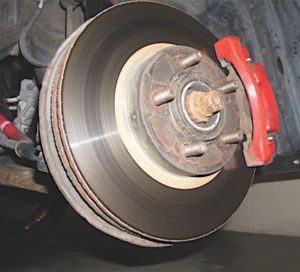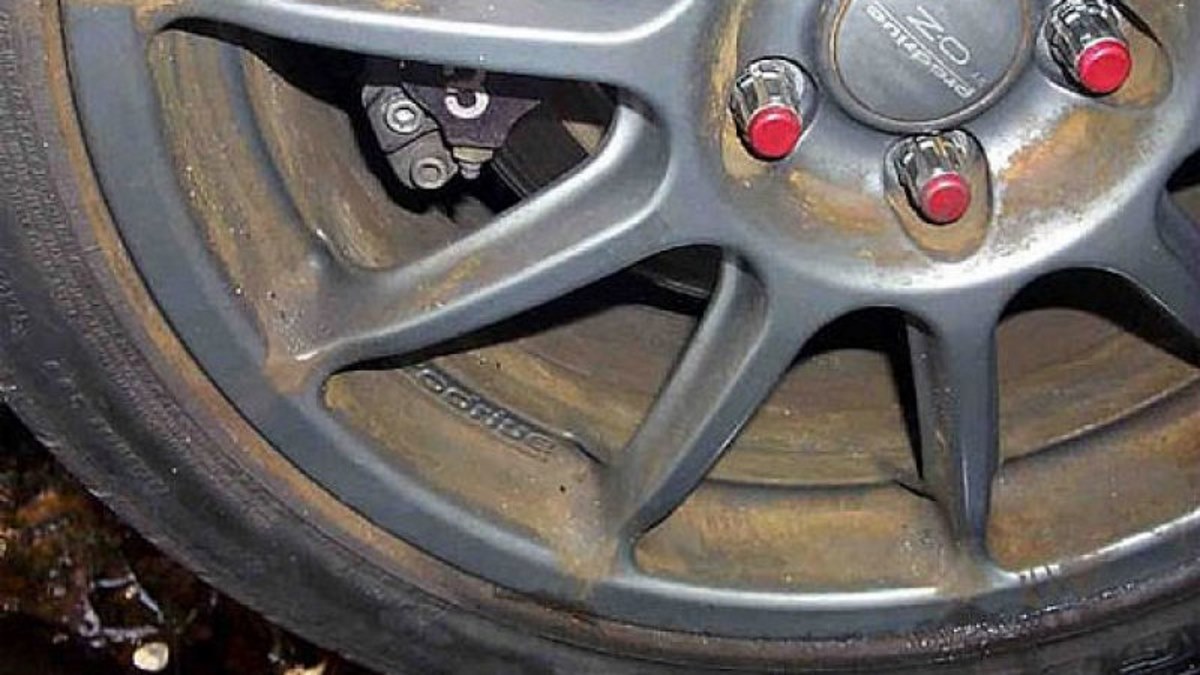Where’s All This Brake Dust Coming From?

Ever noticed that black, grimy dust coating the wheels on your car after a week or two of buzzing around Hamilton? That’s brake dust, and it’s one of those things just about every car owner sees sooner or later, especially if you’re driving all over from Rototuna to Frankton, or zipping out to Cambridge or Ngāruawāhia. Bit of a pain to clean, but it tells a story about what’s going on with your brakes.
Here’s how it works: Every time you hit the brakes, your car’s brake pads clamp onto spinning discs (rotors), making friction to slow you down. That chewing action wears away tiny bits of both pad and disc — and that turns into dust. Pretty normal, especially with cheaper pad types. If you’re like most folks driving those Toyota Corolla wagons, Honda Fit shuttles, or even the odd Peugeot 308 or Isuzu D-Max, you’ll see a fair bit of it after a lot of start-stop traffic on Te Rapa Road or around The Base.
What If You’re Getting Heaps Of Dust?
If you’re having to scrub your wheels all the time, or you’ve noticed one wheel’s got loads more dust than the others, that can mean something’s up. Like, maybe one pad is wearing out way faster than the rest. Plenty of reasons for that — but the biggies we see coming through the workshop are usually due to uneven pad wear.
Some of you’ll have seen this on Mazdas, maybe on a Nissan Serena or even late-model Skoda Octavias. No one’s immune, and it’s not just blokes bringing their cars in either — we get plenty of Hamilton mums in Hyundai Konas and Suzuki Swifts with the same questions.
Common Reasons For Fast or Uneven Brake Pad Wear
- Worn brake discs: If your brake discs are getting a bit lumpy, warped, or have those tell-tale grooves, your pads won’t grip evenly. That means more dust and pads wearing out before their time.
- Worn brake calipers: Calipers can get sticky or rusty, especially after those cold, damp Hamilton winters or if you’re parking outdoors in Hillcrest. If the piston isn’t moving smooth, only part of the pad grabs the disc. Next thing you know, one side’s looking like an old jandal and your dash is lighting up.
- Pads not fitted right: Happens heaps with DIY installs or rushed jobs. Pads sitting at a funny angle smash into the disc all wrong — you’ll spot the wear and dust straight away.
What Else Should You Be Looking (and Listening) For?
If your car is taking longer to pull up at lights on Ulster Street, or you’re getting that squeaky, scratchy noise every time you brake, don’t ignore it. Worn-out pads are way more than just an annoying dust problem — they’ll put your stopping power and your safety on the line. Some of the stuff we keep an ear out for in the workshop:
- Squealing or grinding: Usually means the little warning tab on your pad is doing its job — or you’re already down to metal-on-metal. Not good.
- Vibrations when braking: That juddery pedal feel happens a lot when pads or discs aren’t wearing even, which is pretty common after hitting potholes around Dinsdale or cranking over a speed bump too quick in Fairfield.
- Longer stopping distances: If it takes longer than it used to stop at the end of the Avalon Drive bypass, time to get those brakes checked before your next WOF Hamilton is due.
Brake Pad Repairs & Safety Checks in Hamilton
If you’re in Hamilton or anywhere close — maybe commuting from Morrinsville, Raglan or Tamahere — and your car’s throwing out clouds of brake dust or just not feeling right on the stops, pop in and see us at Grimmer Motors. One of our techs will give your brake system a proper once-over, sort out anything dodgy, and get you stopping smooth and safe again, whether it’s an old Corolla, a Kia Seltos, or something a bit fancy and European.
Keeping your brakes in good shape means less dust, less hassle cleaning your wheels, and way safer driving for you and the whānau. Don’t put it off — book a checkup or brake pad replacement with us sooner rather than later, especially if you’re getting ready for the next rainy season or planning a big roadie up State Highway 1.

